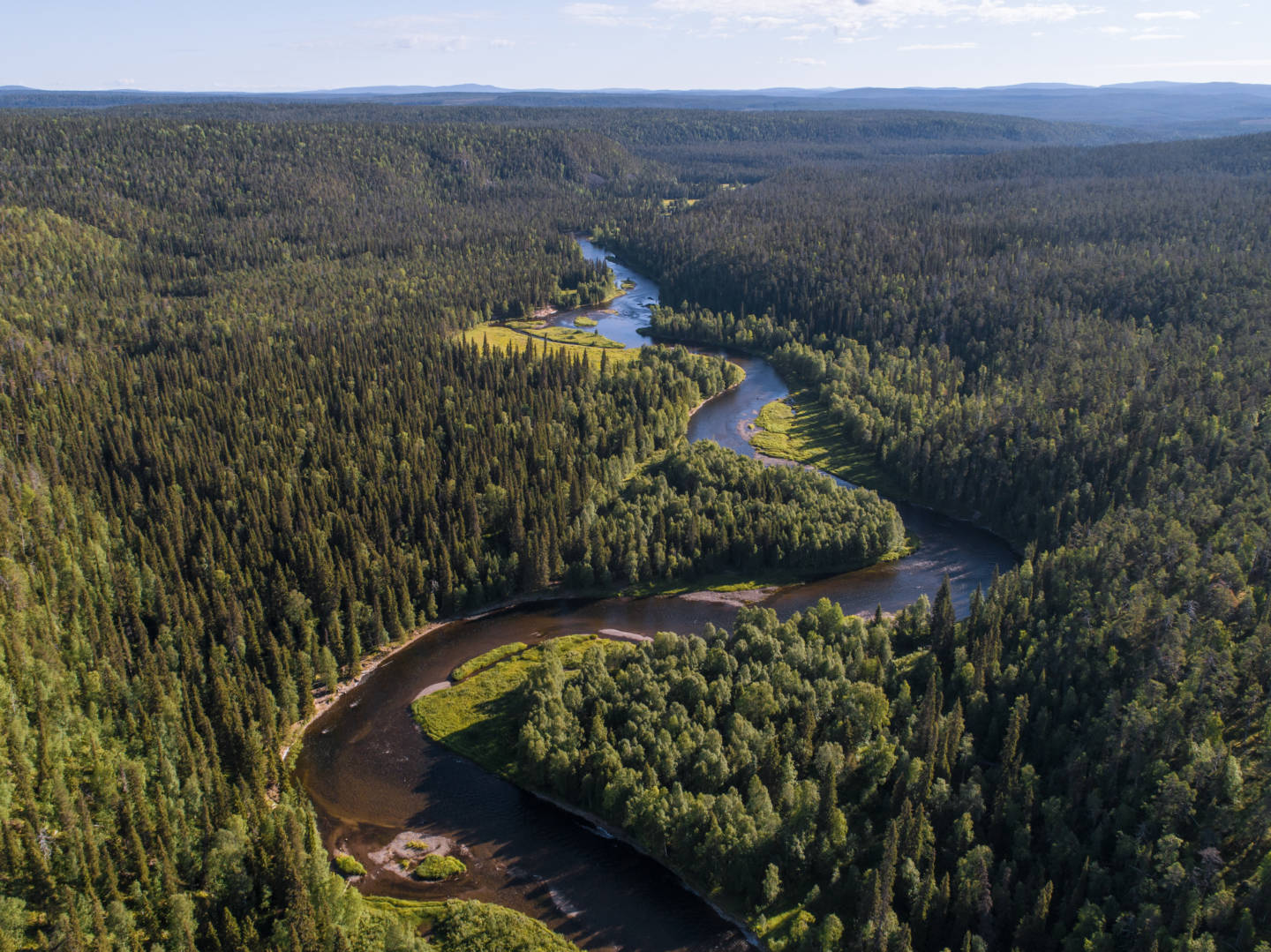
Forests
Forests are, both in terms of area and species count, one of the most significant environment types in Finland. Forests growing on upland soils cover just under 15 million hectares. This represents 36% of Finland's total surface area and 49% of its land area.
Species using forests as their primary environment make up about 42% of all known species in Finland. In addition to actual forests, forest species are also found in many other environment types, such as wooded mires and rocky areas.
Forest indicators
What is a forest?
There are several definitions for a forest. In forestry, a forest has traditionally been defined based on its annual tree growth. For example, according to the classification used in the National Forest Inventory (NFI), forests are all wooded environments with a growth potential of over one cubic meter of wood per year per hectare.
From an ecological perspective, however, it is more appropriate to define a forest based on the composition of the soil and understory vegetation of wooded environments. In this case, forests are those locations situated on mineral soils, which either have or can develop communities characterized by large trees. According to this definition, for instance, peatland forests are counted as mires (spruce mires and pine mires), and those wooded locations featuring rock outcrops are classified as rocky.
Forests dominate the landscape
Regardless of the definition, forests uniformly dominate the Finnish landscape throughout the country. Only in the western part of the northernmost Lapland does the proportion of forests fall below 30% of the land area. Coastal regions and Kainuu also have slightly fewer forests than the rest of the country. South and Southwest Finland have more urban areas and fields than other parts of the country, while Ostrobothnia and Kainuu have more mires.
Herb-rich forests and old growth forests are important for forest fauna
Although there are many forests in our country, especially species-rich herb-rich forests and old natural or near-natural forests are scarce throughout the land. Herb-rich forests currently only cover about one percent of the total forested area, even though almost a third of the well-known forest species are associated with them.
Old growth forests, on the other hand, account for less than five percent of all the country’s forests, even though they are home to about 13% of forest species. Most of the old growth near-natural forests are found in Lapland, Kainuu, and North Karelia. Nowadays, the remaining natural or near-natural forests are essentially all old growth forests, as there has been hardly any formation of young natural forests in recent decades.